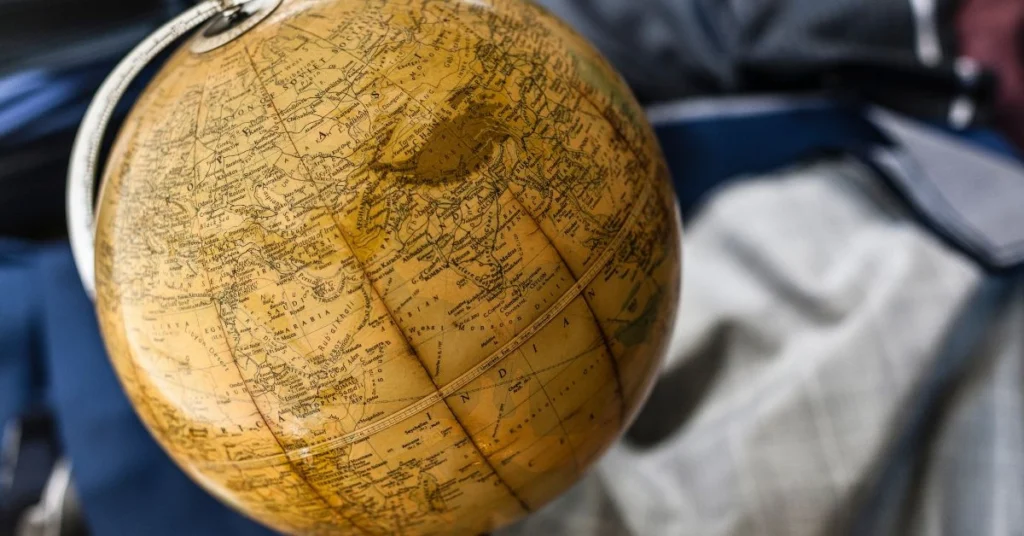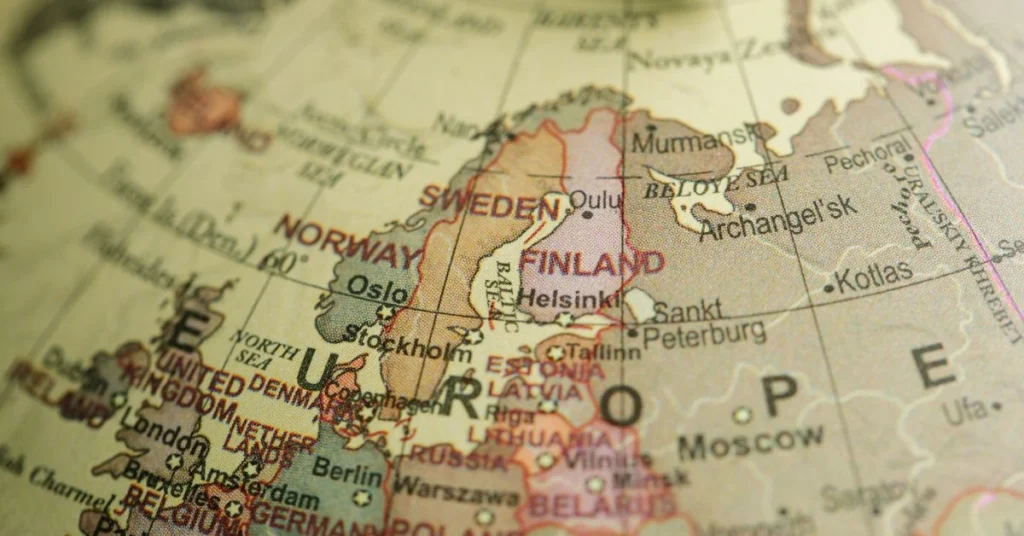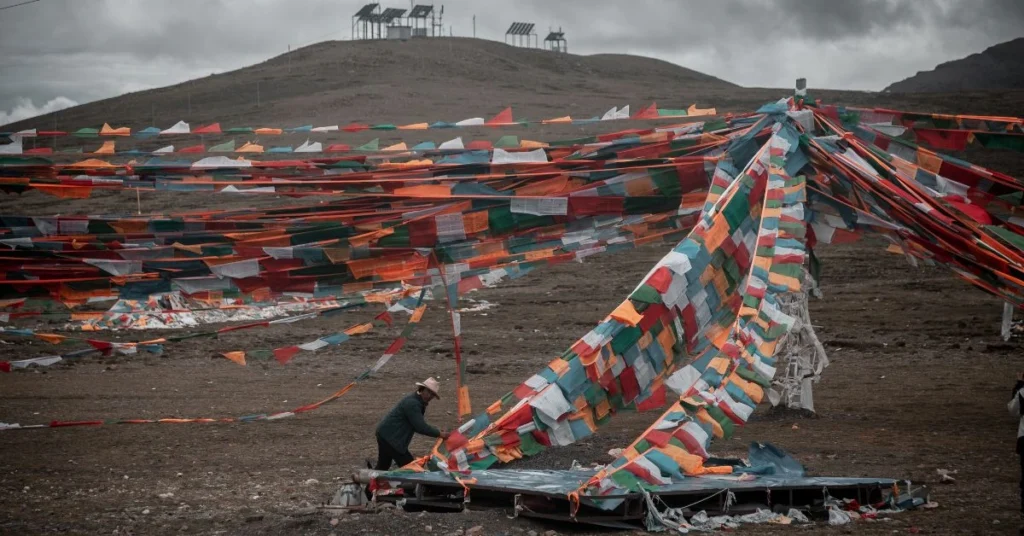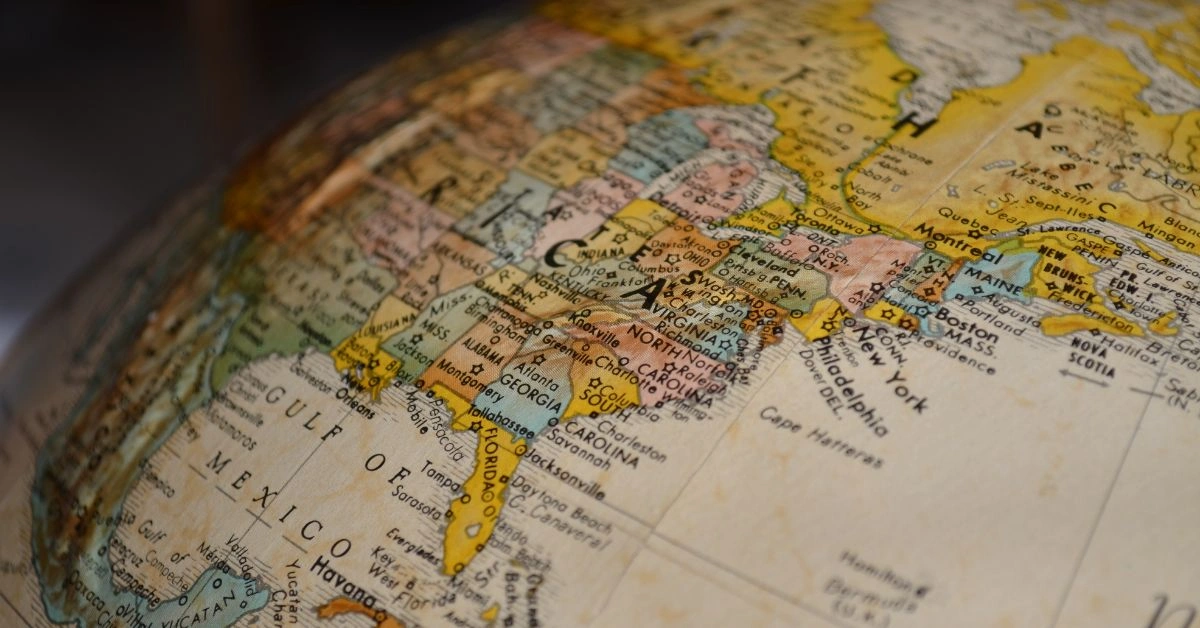Exploring the Spiritual Significance of Bebasinindo in Indonesian Culture
Bebasinindo is a traditional Indonesian practice with deep cultural and spiritual roots. It is believed to connect people with their ancestors and the natural world. The rituals involved vary by region but often include prayers, offerings, and symbolic actions.
This practice has been passed down for generations, preserving Indonesia’s rich cultural traditions. It reflects the country’s diverse spiritual heritage, blending Indonesian spiritual traditions with Hindu-Buddhist influence. Many communities still uphold Bebasinindo as a way to honor their past and maintain harmony in their lives.
Bebasinindo is more than just a ritual; it is a way of life for those who follow it. It teaches respect for nature, gratitude for blessings, and balance between the physical and spiritual worlds. Each element of the practice carries a deeper meaning, from the sacred objects used to the traditional prayers and chants spoken.
Despite its historical importance, this tradition faces challenges in the modern era. Urbanization, globalization, and changing religious practices in Indonesia have led to a decline in its practice. However, efforts are being made to revive and preserve it, especially in rural spiritual practices in Indonesia and cultural festivals.
For those interested in Indonesian cultural heritage, this spiritual heritage offers a fascinating insight into Indonesian history and traditions. It is practiced in different ways across the archipelago, making each experience unique. Learning about it can deepen one’s understanding of Indonesian folklore and rituals.
Whether you are a traveler, a researcher, or simply curious, exploring this ancient Indonesian spiritual tradition can be a meaningful journey. Respect and open-mindedness are key when observing or participating in such traditions. This blog post will guide you through its history, rituals, significance, and modern revival.
| Aspect | Details | Figures & Facts |
|---|
| Definition | Bebasinindo is a traditional Indonesian practice connecting people with ancestors and nature. | Practiced across different regions of Indonesia. |
| Historical Origins | Rooted in indigenous animism and ancestor worship. | Dates back centuries before Hindu-Buddhist influence. |
| Influence of Hindu-Buddhism | Incorporated mantras, meditation, and ceremonial objects. | Spread across Indonesia between the 4th-15th centuries. |
| Islamic Adaptation | Integrated Quranic verses and Islamic blessings. | Began in the 15th century in Java and Sumatra. |
| Colonial Impact | Dutch colonial rule discouraged traditional customs. | Many rituals went underground to avoid suppression. |
| Modern-Day Practice | Still observed in rural areas and cultural festivals. | Growing interest in revival among young Indonesians. |
| Sacred Offerings | Includes food, flowers, and incense as spiritual tributes. | Each item symbolizes gratitude, respect, and blessings. |
| Chants & Prayers | Recited to communicate with spirits and ancestors. | Passed down orally through generations. |
| Symbolic Gestures | Rituals involve bowing, clapping, and specific hand movements. | Each movement carries a deeper spiritual meaning. |
| Challenges in Modern Era | Urbanization and globalization have led to a decline. | Some view it as outdated or irrelevant. |
| Revival Efforts | Cultural programs and university research help preserve it. | Researchers document oral traditions with elders. |
| Best Locations to Witness | Rural villages, cultural centers, and festivals. | Bali, Java, and Sumatra have strong connections. |
| Cultural Significance | Maintains harmony between physical and spiritual realms. | Considered an essential part of Indonesia’s heritage. |
| Ethical Considerations | Requires respect and understanding when observing or participating. | Misuse of traditions can lead to cultural appropriation. |
| Future Prospects | Efforts continue to sustain and adapt rituals. | Younger generations are showing renewed interest. |
Historical Origins and Evolution

This sacred practice has ancient roots that go back centuries. It developed through Indonesia’s diverse cultural traditions and spiritual ceremonies in Indonesia. Many believe it originated from indigenous rituals meant to connect humans with nature and ancestral worship in Indonesia.
Early Beginnings in Indigenous Beliefs
Before major religions arrived, local tribes performed rituals to honor their ancestors and natural forces. These early forms were based on animism in Indonesian culture and ancestor worship. People believed that spirits influenced daily life and needed to be respected.
Offerings, chants, and symbolic actions were common in these early customs. Rituals took place in sacred sites like forests, mountains, and rivers. Every object and gesture had meaning, representing a connection between humans and the unseen world.
Influence of Hindu-Buddhist Traditions
Between the 4th and 15th centuries, Hinduism and Buddhism spread across Indonesia. These religions influenced local spiritual heritage of Indonesia, incorporating elements like mantras, meditation, and ceremonial objects.
Temples became important places for spiritual gatherings. Some rituals were linked to religious festivals and royal ceremonies. This period strengthened the belief in karma, spiritual balance, and the power of traditional Indonesian rituals.
Adaptation During the Islamic Era
By the 15th century, Islam became the dominant religion in Indonesia. While many Hindu-Buddhist traditions faded, certain indigenous customs continued in some areas. They adapted by blending with Islamic teachings, especially in Java and Sumatra.
Some rituals included Quranic verses alongside traditional prayers and chants. The focus shifted towards seeking blessings, protection, and healing. Despite religious changes, the sacred Indonesian customs remained an important part of local culture.
Colonial Impact and Cultural Shifts
During Dutch colonial rule (17th–20th century), many traditional practices were discouraged. European influence brought new religious and social norms. Some communities abandoned their heritage, fearing it was seen as backward.
However, rural areas kept their customs alive in secret. People continued ceremonies in their homes or hidden locations. The colonial period created a divide between traditional beliefs and modern religious practices in Indonesia.
Survival and Revival in the Modern Era
Today, certain communities still practice these sacred Indonesian customs. Cultural festivals and heritage programs have helped revive interest in them. Many young Indonesians are now exploring their roots and rediscovering traditional healing rituals in Indonesia.
The practice has evolved to fit modern life while keeping its core beliefs. Some people perform simplified versions at home, while others participate in larger ceremonies. These traditions remain a symbol of Indonesian cultural heritage.
Rituals, Practices, and Symbolism

This spiritual heritage is a deeply meaningful practice with unique rituals. Every action, object, and chant has a significance. The customs vary by region, but they all share a connection to nature, ancestors, and the unseen world.
Sacred Offerings and Their Meaning
Offerings are a key part of these spiritual ceremonies in Indonesia. People present food, flowers, incense, and other items to spirits or ancestors. Each offering symbolizes gratitude, respect, and a request for blessings.
Chants, Prayers, and Mantras
Spoken words hold power in these traditional Indonesian rituals. Chants and prayers help communicate with spirits and ancestors. Some are passed down through generations and must be recited correctly.
Symbolic Gestures and Movements
Hand movements, body postures, and specific actions hold deep meaning. Some rituals involve bowing, clapping, or drawing patterns in the air. These movements help channel spiritual energy and show respect.
Modern-Day Relevance and Cultural Impact
This sacred tradition has survived for centuries despite changes in society. It remains an important part of Indonesian cultural heritage. Many people still practice it, while others are working to keep it alive.
Challenges in the Modern Era
Urbanization and modernization have led to a decline in traditional Indonesian rituals. Younger generations are more influenced by technology and global culture. Many see them as outdated or irrelevant to their daily lives.
Revival and Preservation Efforts
There has been a growing interest in reviving these sacred Indonesian customs. Some universities are studying and documenting their rituals. Researchers are working with elders to record oral traditions before they are lost.
How to Experience and Respect This Tradition

This practice is a sacred part of Indonesia’s heritage. It is important to approach it with respect and understanding. Whether you are an observer or participant, knowing the right way to engage is essential.
Best Places to Witness These Traditions
Some regions in Indonesia still uphold their spiritual customs. Rural villages, cultural centers, and Indonesian cultural festivals are the best places to see them. Bali, Java, and Sumatra have strong connections to these traditions.
Cultural Appreciation vs. Appropriation
There is a difference between respecting a culture and misusing it. Appreciation means learning with an open heart and showing respect. Appropriation happens when traditions are copied without understanding or permission.
Sharing knowledge about these practices should be done with care. Give credit to the communities who keep the tradition alive. Supporting preservation of Indonesian traditions can help protect this unique heritage.
Conclusion
The rich spiritual practices of Indonesia reflect the country’s deep cultural heritage and connection to the natural and spiritual worlds. Rooted in ancient traditions and evolving over centuries, these practices continue to be an important part of the nation’s identity. While the modernization and global influences have challenged the continuity of these rituals, efforts are being made to preserve and revive them, ensuring they are passed down to future generations. For anyone interested in experiencing and understanding Indonesia’s cultural depth, participating in or observing these sacred rituals offers a powerful glimpse into the country’s diverse spiritual landscape.
What is the significance of these spiritual traditions in Indonesia?
These traditions connect people with their ancestors and the natural world. They are seen as a way of maintaining harmony in life, honoring the past, and ensuring balance between the physical and spiritual realms.
How have these practices evolved over time?
Over the centuries, these practices have incorporated elements from indigenous beliefs, Hindu-Buddhist traditions, Islam, and even colonial influences, adapting to societal changes while retaining their core spiritual values.
Are these practices still relevant today?
Yes, despite urbanization and modernization, many communities continue to practice these rituals. Efforts to revive and preserve these traditions are being made, and there is growing interest among younger generations to reconnect with their cultural heritage.
What are some common rituals involved in these spiritual practices?
Common rituals include offerings of food, flowers, and incense, chanting prayers and mantras, and performing symbolic gestures such as bowing or clapping. These actions are believed to help communicate with spirits and ancestors, requesting blessings and guidance.
Where can I witness these traditions?
You can experience these practices in rural villages, cultural centers, and during Indonesian cultural festivals. Regions like Bali, Java, and Sumatra are known for their strong connections to these traditions.
How can I respectfully engage with these traditions?
It is important to approach these practices with respect and an open mind. Understanding the cultural and spiritual significance, participating with permission, and showing reverence for the traditions are key to experiencing them appropriately.
What are the main challenges facing these traditions today?
Modernization, urbanization, and the influence of global culture have led to a decline in the practice of these rituals, particularly among younger generations. However, there are ongoing efforts to preserve and revive these sacred customs.
What role do universities and researchers play in preserving these traditions?
Universities and researchers are documenting and studying these practices, working with elders to record oral traditions and ensure that they are not lost. This research plays a vital role in preserving the knowledge for future generations.







